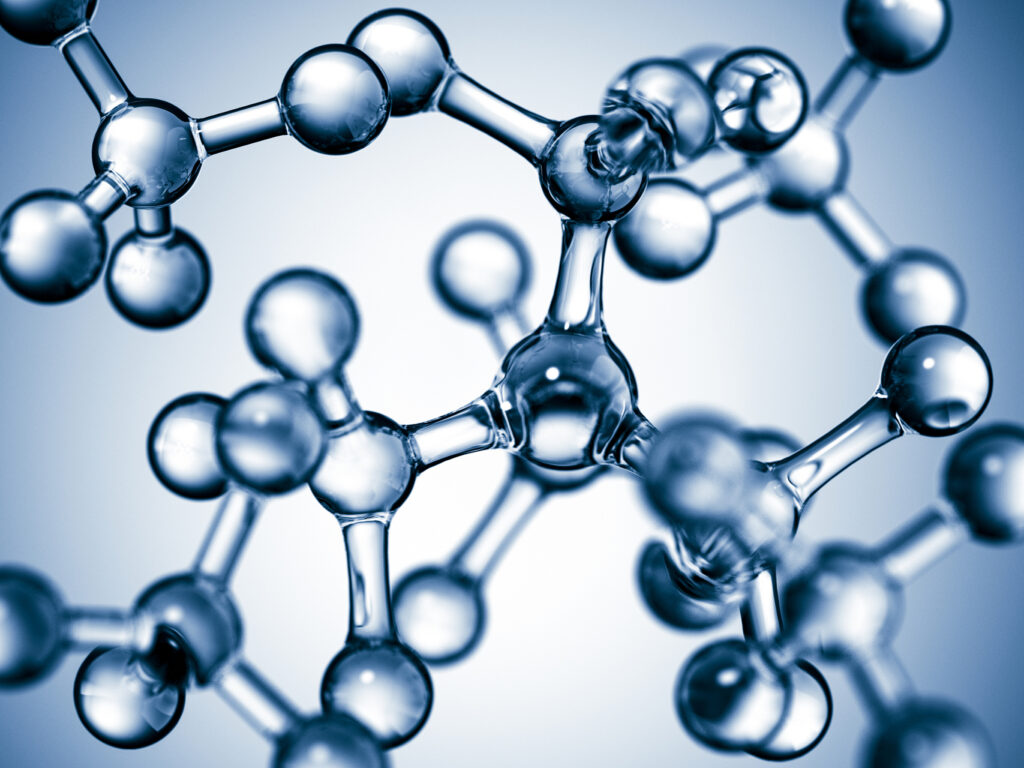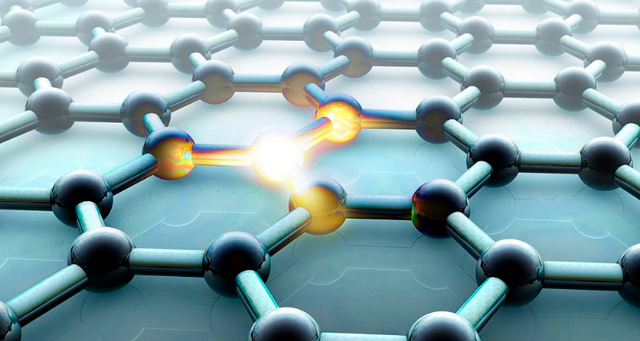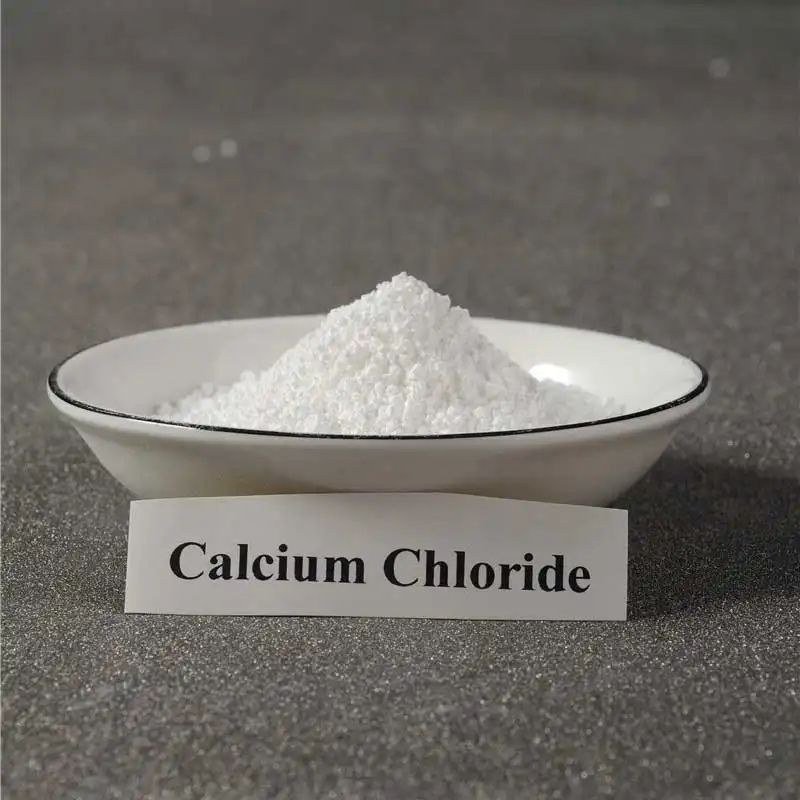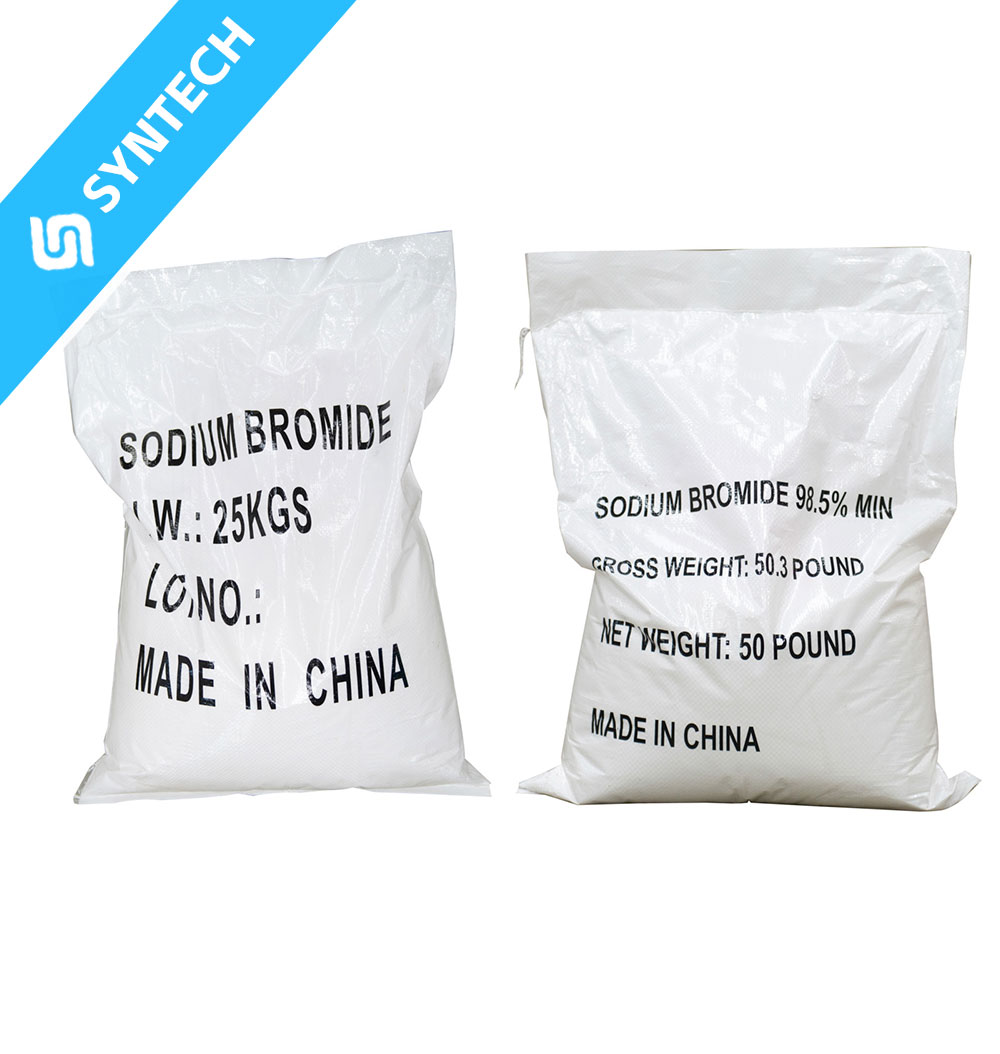Sodium Methallyl Sulfonate (SMAS) plays a critical role in polymer polymerization due to its unique sulfonate group (–SO₃Na) and reactive double bond, with mechanisms and applications as follows:
1. As a Functional Comonomer
(1) Introducing Hydrophilicity and Ionic Properties
- Hydrophilic Modification: The sulfonate group in SMAS exhibits strong polarity and hydration capability. When copolymerized with hydrophobic monomers (e.g., styrene, acrylates), it significantly enhances the water solubility or hygroscopicity of polymers, making it suitable for hydrogels, fibers, or water-based coatings.
- Ionic Conductivity: The ionizable sulfonate group enables applications in ion-exchange membranes (e.g., proton exchange membranes for fuel cells) and antistatic materials.
(2) Improving Polymerization Stability
- In emulsion polymerization, SMAS acts as a reactive emulsifier, stabilizing latex particles via electrostatic repulsion from sulfonate groups, avoiding migration issues common with traditional emulsifiers (e.g., SDS).

2. Enhancing Polymer Performance
(1) Salt and Temperature Resistance
- The sulfonate group is insensitive to divalent ions (Ca²⁺, Mg²⁺). When copolymerized with acrylamide (e.g., modified HPAM), it prevents polymer chain collapse or precipitation in high-salinity environments, making it ideal for oilfield flooding agents or seawater desalination membranes.
- Its chemical stability at high temperatures surpasses carboxyl groups (–COOH), making it suitable for heat-resistant engineering plastics.
(2) Mechanical and Rheological Property Control
- The rigid sulfonate group increases polymer chain stiffness, improving anti-creep properties (e.g., fiber reinforcement) or melt strength (e.g., extrusion processing).

3. Special Applications
(1) Fiber Dyeing Enhancement
- In polyacrylonitrile (PAN) fiber synthesis, SMAS introduces sulfonate groups as binding sites for cationic dyes, significantly improving dyeing rate and color fastness.
(2) Scale Inhibitors and Dispersants
- The sulfonate group chelates calcium and magnesium ions, preventing inorganic salt deposition in industrial water systems.
(3) Smart Responsive Materials
- The pH sensitivity of sulfonate groups enables the design of pH-responsive hydrogels (e.g., drug delivery systems).
4. Advantages in Polymerization Processes
- High Reactivity: The double bond in SMAS readily undergoes free-radical copolymerization with acrylates, vinyl monomers, etc., ensuring high reaction efficiency.
- Reduced Gel Effect: Electrostatic repulsion from sulfonate groups minimizes chain entanglement, lowering gelation risks during polymerization.
Typical Copolymerization Systems
| Monomer Combination | Application Field | Performance Enhancement |
|---|---|---|
| SMAS + Acrylamide | Oilfield EOR agents | Salt resistance↑, thermal stability↑ |
| SMAS + Styrene + Butadiene | Ion-exchange resins | Ion-exchange capacity↑ |
| SMAS + Acrylates | Water-based coatings | Adhesion↑, stability↑ |
| SMAS + N-Vinylpyrrolidone | Medical hydrogels | pH responsiveness, biocompatibility↑ |
Key Considerations
- Cost Balance: SMAS is more expensive than conventional monomers, requiring optimization of dosage based on performance needs.
- Polymerization Control: Sulfonate groups may influence chain growth kinetics, necessitating adjustments in initiator concentration or temperature.
By enabling precise molecular design, SMAS serves as a key monomer for tailoring polymer properties in advanced functional materials.






